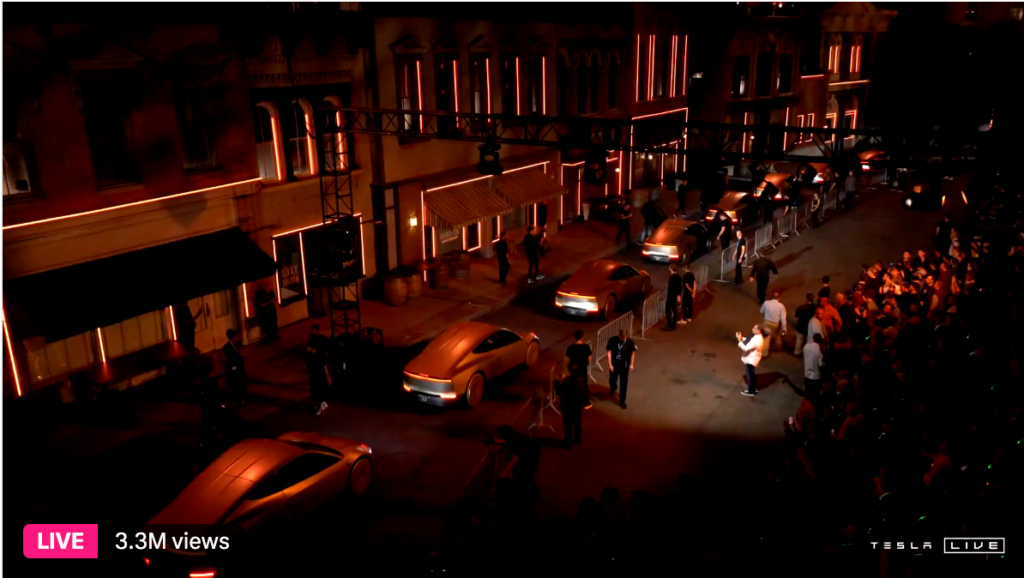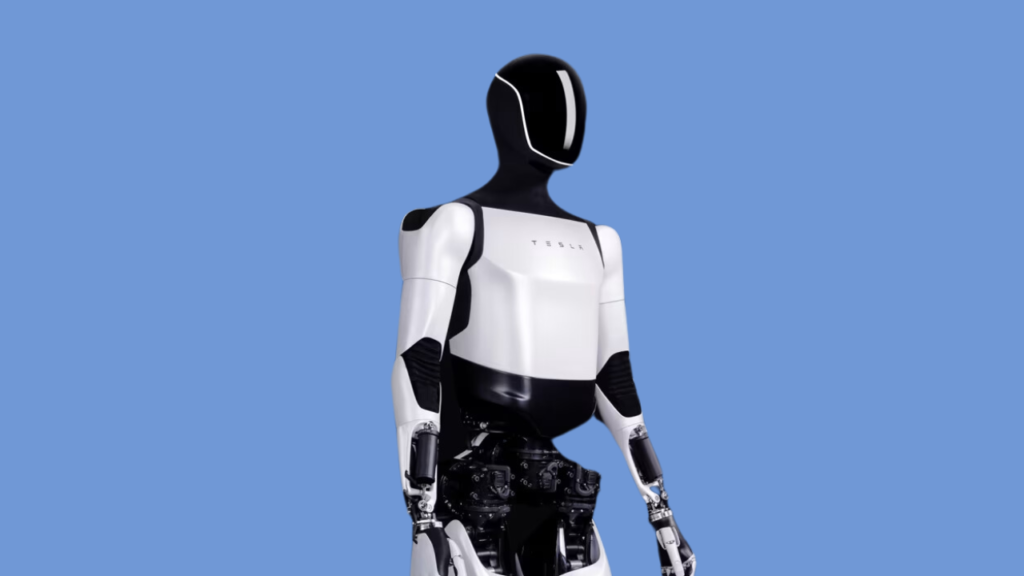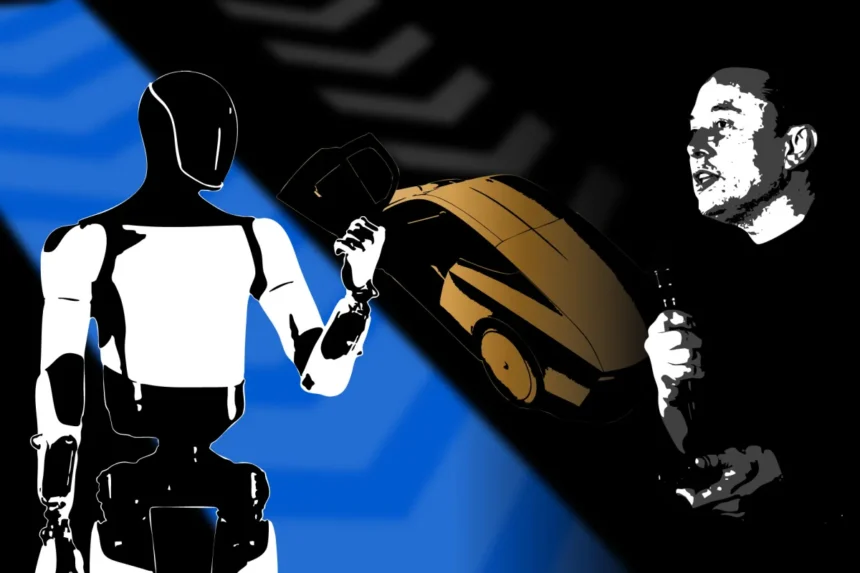2024 was nothing short of eventful for Elon Musk. From his controversial foray into right-wing politics and using his X social media platform to bolster Donald Trump’s presidential campaign, to his relentless commitment to Tesla, Musk dominated headlines. While the political moves stirred debates, Musk stayed true to one of his favorite pastimes: making bold promises for Tesla’s future.
Over the years, Musk’s ambitious claims and missed deadlines have become almost synonymous with Tesla’s story. These promises have not only captivated investors but also driven Tesla’s valuation to an astounding $1.3 trillion. Despite Tesla’s undeniable achievements in electric vehicle (EV) production and sales, many of Musk’s earlier declarations remain unfulfilled. Remember his 2015 claim that Tesla vehicles would achieve full self-driving capabilities within two years? Or his vision of cross-country driverless trips by 2017? Or his pledge to launch a driverless ride-hailing network by 2020? None materialized.
Still, Musk isn’t slowing down. In 2024, he unveiled a fresh batch of lofty goals. Let’s take a closer look at Musk’s latest promises and their projected timelines.
The $25,000 EV: A Moving Target
In early 2024, Musk teased the release of a $25,000 EV. However, by April, he scrapped the idea, choosing instead to prioritize a prototype robotaxi. This shift in focus led to widespread layoffs as Tesla realigned its resources for what Musk called the company’s “next phase of growth.”
Musk has oscillated on the $25,000 EV’s fate. During Tesla’s third-quarter earnings call, he dismissed the concept of producing a low-cost EV with a steering wheel and pedals as “pointless” and “silly.” Instead, he suggested that any vehicle at that price point would be the “Cybercab,” a futuristic autonomous taxi.
When asked if Tesla would ever produce an affordable EV outside of the Cybercab, Musk declared that all future Tesla vehicles would be autonomous. He claimed that most of Tesla’s 7 million vehicles produced to date were already “capable of autonomy” and boasted that Tesla was manufacturing 35,000 autonomous vehicles weekly. Critics, however, were quick to point out that Tesla still doesn’t produce vehicles safe for full self-driving without human supervision. Musk’s remarks echo a 2016 claim that “All Tesla Cars Being Produced Now Have Full Self-Driving Hardware,” a promise that required hardware upgrades for many older vehicles.
Despite this skepticism, Musk projected vehicle growth of 20% to 30% by 2025, attributing it to “lower cost vehicles” and the “advent of autonomy.”
Cybercab: Production Set for 2025 or 2026
In October, Tesla unveiled 20 Cybercab prototypes during a high-profile Hollywood event. These futuristic two-door, two-seat autonomous vehicles lack steering wheels and pedals. Musk claimed they would cost under $30,000 and boast operating costs as low as $0.20 per mile. He also promised production would begin between 2025 and 2026, with Tesla eventually producing at least 2 million Cybercabs annually.

Image Credits: Tesla
This isn’t Musk’s first robotaxi timeline. In 2019, he predicted 1 million robotaxis on the road by 2020. In 2022, he pledged mass production by 2024. None of these timelines were met. Furthermore, current federal safety regulations requiring manual controls in vehicles could hinder Cybercab’s rollout. While new rules proposed by the National Highway Traffic Safety Administration (NHTSA) may fast-track such vehicles, they mandate detailed crash reporting, a requirement Musk has criticized. Reports suggest President-elect Donald Trump’s transition team may attempt to overturn this rule.
Robovan: Tesla’s Future Minibus
Alongside the Cybercab reveal, Tesla showcased a prototype of the Robovan, a futuristic electric minibus. While Musk offered few details, he later confirmed on X (formerly Twitter) that the Robovan was actively in development alongside “some other things.” This isn’t the first time Musk has hinted at such a vehicle. In 2016, he promised a minibus built on the Model X chassis within two to three years, but that never materialized.
“Unsupervised FSD” and Autonomous Ride-Hailing in 2025
Tesla’s advanced driver assistance system, branded as Full Self-Driving (FSD), has long been a centerpiece of Musk’s ambitions. At the Cybercab reveal, he promised that by 2025, Tesla owners in California and Texas would be able to use an “unsupervised” version of FSD. While Musk didn’t clarify what “unsupervised” meant, it might imply either fully driverless operations or a Level 3 autonomous system, which allows hands-off and eyes-off driving under specific conditions.
During Tesla’s third-quarter earnings call, Musk went further, announcing plans to launch a self-driving ride-hailing service in 2025, initially in California and Texas. He revealed that Tesla was already testing the service with employees in the Bay Area. However, regulatory hurdles remain. Tesla holds a permit to test autonomous vehicles with a safety driver in California but hasn’t reported using it since 2019.
The ride-hailing service could involve either Cybercabs or existing Tesla vehicles retrofitted for autonomy. Musk’s vision includes a Tesla-owned app akin to Uber, where Tesla owners can earn money by listing their autonomous vehicles. Tesla would take a 25% to 30% cut of the revenue.
Optimus Bots: A New Frontier for 2025 and Beyond
Tesla’s humanoid robot, Optimus, represents Musk’s foray into robotics. During Tesla’s annual shareholder meeting, Musk promised that limited production of Optimus would begin in 2025, with over 1,000 robots working at Tesla facilities. By 2026, Optimus bots could be available for purchase by other companies.

It remains unclear whether these robots will function autonomously or require human control. During the Cybercab event, Optimus bots were remotely operated. While humanoid robots have advanced, experts believe generalized robotics capable of performing a wide range of tasks are still years away due to limitations in training data.
Musk’s optimism about Optimus extends to Tesla’s market cap. He envisions the robot helping Tesla achieve a $25 trillion valuation—seven times the market caps of tech giants like Apple and Nvidia. For now, Tesla’s market cap stands at $1.42 trillion, nearly triple what it was before Trump’s election win in 2024.
The Bottom Line
Elon Musk’s promises for Tesla in 2024 are as audacious as ever. From autonomous Cybercabs to humanoid robots, he continues to paint a futuristic vision for the company. Yet, history suggests caution. Musk’s track record of missed deadlines and regulatory challenges makes these goals far from guaranteed. Still, for Tesla enthusiasts and investors, the possibility of these innovations keeps the excitement alive—and Tesla’s stock soaring. Whether Musk delivers on his promises or not, one thing is certain: he knows how to capture the world’s attention.










